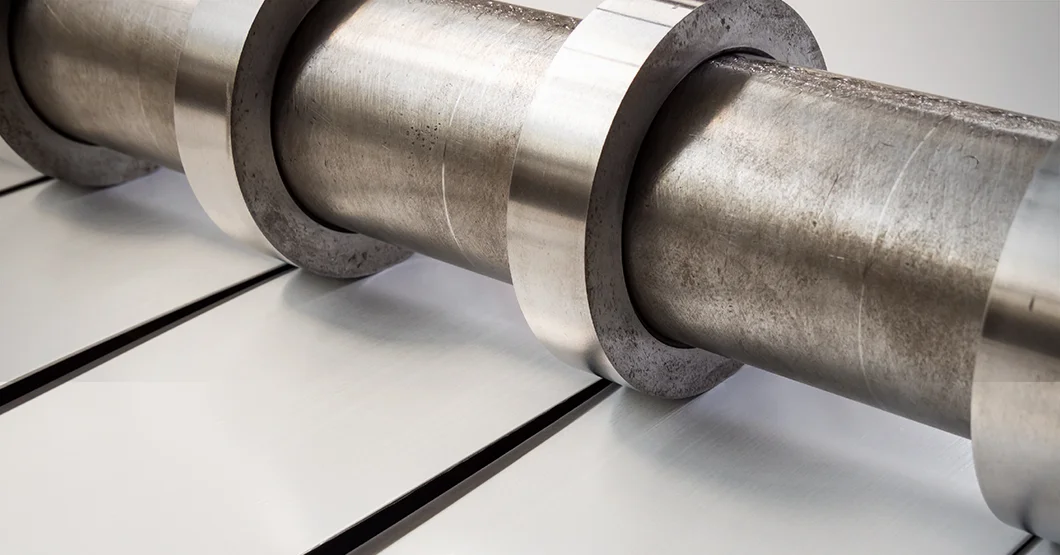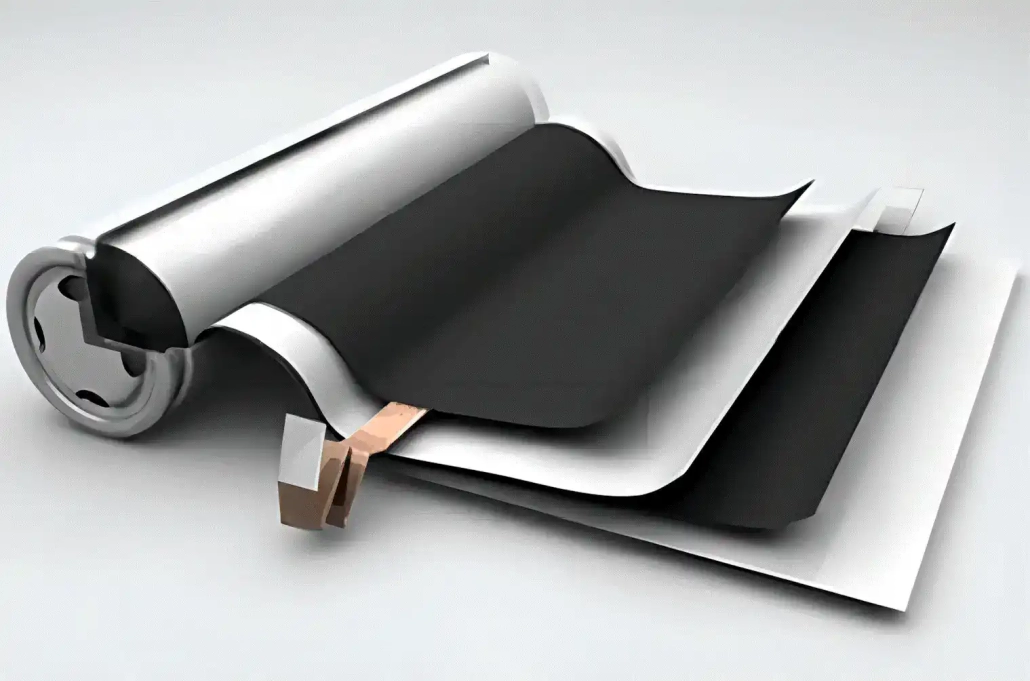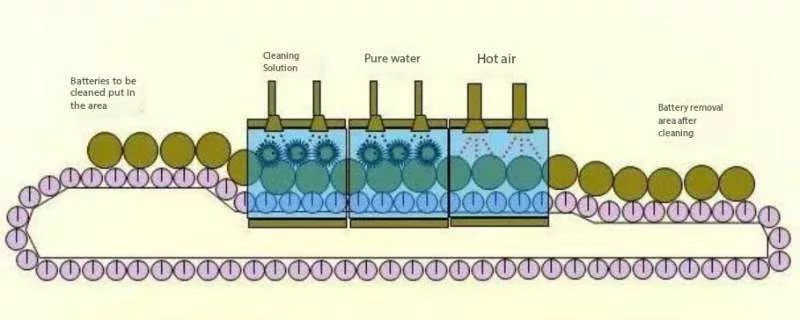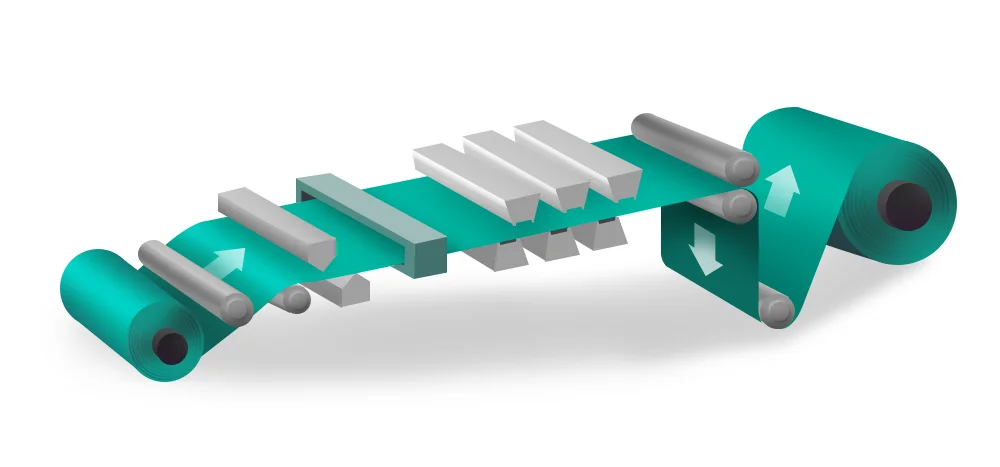Cathode Solvent and Additive Optimization
main content
Cathode solvent and additive optimization is critical for achieving uniform electrode coatings, stable slurry formulations, and environmentally conscious lithium battery manufacturing. By addressing challenges like poor solvent wettability and particle agglomeration, manufacturers can enhance energy density while reducing production costs. This guide examines advanced strategies for solvent selection, dispersant integration, and corrosion mitigation in cathode processing.
Solvent Wettability Challenges: From NMP Limitations to Aqueous Alternatives
Traditional Nmethyl2pyrrolidone (NMP) remains widely used for lithium iron phosphate (LFP) electrode production due to its compatibility with polyvinylidene fluoride (PVDF) binders. However, its inadequate wettability on LFP surfaces often leads to uneven slurry distribution and coating defects. To resolve this, stepwise spray optimization techniques are implemented:
1. Prewetting Phase: Apply lowpressure NMP mist to activate LFP surface pores.
2. Main Coating Stage: Increase spray pressure to penetrate particle agglomerates.
3. Drying Control: Adjust temperature gradients to prevent solvent entrapment.
While aqueous solvents eliminate NMP’s toxicity and reduce drying energy, they introduce new challenges:
Current Collector Corrosion: Water reacts with aluminum foils, forming resistive oxide layers.
pH Sensitivity: LFP degradation accelerates in alkaline aqueous environments.
Binder Compatibility: Hydrophobic PVDF fails in waterbased systems, necessitating alternatives like carboxymethyl cellulose (CMC).
Dispersant Engineering: Unlocking Slurry Fluidity and Stability
Polyvinylpyrrolidone (PVP) has emerged as a gamechanger in cathode slurry formulation, reducing viscosity by 30–50% compared to conventional dispersants. Its amphiphilic structure enables dual functionality:
1. Particle Debundling: PVP’s pyrrolidone groups adsorb onto LFP surfaces, weakening Van der Waals forces.
2. Rheology Control: Extended polymer chains create electrostatic repulsion between particles.
Recent innovations in dispersant technology focus on:
Synergistic Blends: Combining PVP with surfactants like cetyltrimethylammonium bromide (CTAB) enhances dispersion efficiency.
pHResponsive Additives: Adjust zeta potential to stabilize slurries across varying solvent conditions.
Conductive Dispersants: Carbon nanotube (CNT)grafted polymers improve both slurry flow and electrode conductivity.
Mitigating Aqueous System Challenges: Corrosion Prevention Strategies
Adopting waterbased cathode processing demands proactive measures against aluminum foil degradation:
Key Countermeasures:
1. Acidic pH Stabilization: Maintain slurry pH between 4.5–6.0 using citric acid buffers.
2. Corrosion Inhibitors: Introduce 0.5–1.0 wt% benzotriazole to form protective monolayers.
3. Alternative Current Collectors: Use corrosionresistant carboncoated aluminum or titanium substrates.
Industry Trends: Sustainable Solvent Technologies
The shift toward ecofriendly electrode manufacturing drives three transformative developments:
1. SolventFree Dry Coating: Eliminates NMP and water via powder compaction (achieves 17.6 mAh cm⁻² loading).
2. BioDerived Solvents: Lactate esters and terpenes offer renewable alternatives with comparable dispersion performance.
3. ClosedLoop Recycling: Integrated solvent recovery systems achieve >95% NMP reclamation rates.
Conclusion: FutureProofing Cathode Manufacturing
Optimizing cathode solvents and additives requires balancing technical performance with environmental regulations. By adopting stepwise spray protocols, advanced dispersants like PVPCTAB hybrids, and corrosionresistant materials, manufacturers can achieve sub2% coating defect rates while reducing solvent consumption by 40–60%. As dry processing and machine learningguided additive design gain traction, these strategies will define nextgeneration sustainable battery production.

START-STOP LITHIUM battery
Enov start-stop battery is designed to provide excellent performance for high-demand start-stop vaehicles. It adopts the third-generation intelligent lithium platform architecture to achieve technological breakthroughs in core indicators such as cycle life, environmental adaptability and energy density. Compared with the traditional lead-acid battery system, the energy efficiency is increased by 210%, the cycle life is extended by 8-10 times, and the monthly self-discharge rate is controlled within 3%. Enov's unique low-temperature battery technology makes a breakthrough in achieving stable output in the whole climate domain from -30℃ to 65℃, maintaining more than 90% of the effective capacity release under extremely cold conditions (-30℃), and maintaining 90% of the capacity in high temperature environments (65℃).
The start-stop battery series products cover the mainstream voltage platform of 12V/24V/48V, and support flexible configuration of LFP (lithium iron phosphate) and NCM (lithium nickel cobalt manganese oxide) dual-material system. All models adopt modular design to support customization of different model specifications. Enuo engineering and technical team to provide full cycle technical service support, if you need, please contact us.
Other products
UAV BATTERY
LITHIUM ENERGY STORAGE BATTERY
QUICK INQUIRY
FAQ
Access to high frequency technical questions with one click, get accurate answers on product application, after-sales policy and customization process.
Service and Support
Get the latest product specifications, explore professional OEM/ODM customization services, click to open exclusive technical support and production solutions.
Become a Partner
We sincerely invite resources to interconnect, work together for win-win development, and immediately open a new chapter of strategic cooperation!





